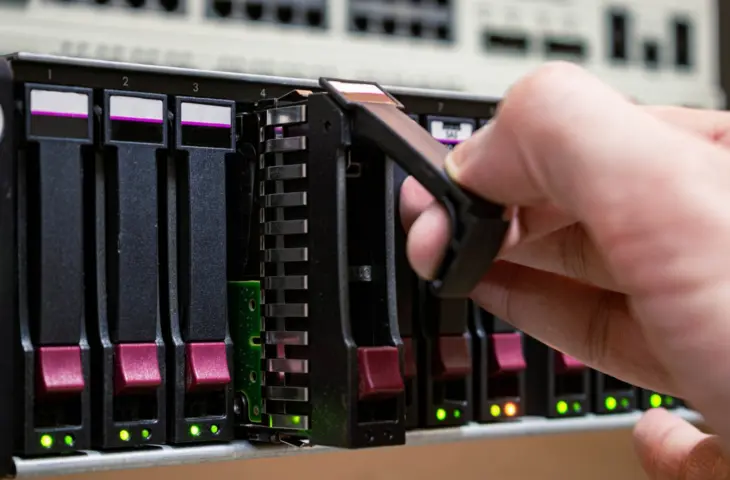Toshiba aims to launch 40 TB hard drives for data centers by 2027, based on a new 12-disk architecture combined with MAMR technology.
Toshiba proudly announces a breakthrough with its hard drives. The Japanese company has developed and successfully tested a new technique that ‘stacks’ 12 magnetic disks in one HDD. This puts it one layer ahead of current record holder Western Digital.
The new technique should enable hard drives with greater storage capacity. Toshiba aims to bring 40 TB hard drives to market by 2027, specifically targeted for use in data centers. The technology combines higher disk density with MAMR technology (Microwave-Assisted Magnetic Recording).
12 Disks
With this development, Toshiba adds two additional magnetic disks to the standard 10-disk design of its HDDs. This increase was made possible thanks to new components in the stack structure and a switch from aluminum to glass substrate. Glass disks are thinner and mechanically more stable, allowing more disks to be placed in the same housing without losing reliability.
The combination with MAMR technology makes it possible according to Toshiba to achieve higher storage capacities while maintaining reliability. At the same time, the company is investigating how the 12-disk configuration can be combined with Heat-Assisted Magnetic Recording (HAMR), the next generation recording technology that should enable even higher capacities.
Towards 40 TB
Demand for storage capacity in data centers continues to rise due to the emergence of generative AI, cloud applications, and video streaming. To keep up with this trend, storage suppliers are targeting scalable solutions with lower total cost of ownership per terabyte. The current hard drives from the Japanese company for data centers have around 28 TB of storage.
Toshiba sees the new stacking technology as a way to offer higher capacities without having to introduce completely new recording technologies. By 2027, it aims to bring hard drives with 40 TB storage per disk to market. The technology will be officially unveiled later this week during a conference in Japan. Competitor Seagate wants to do better and achieve up to 50 TB storage in one hard drive.
